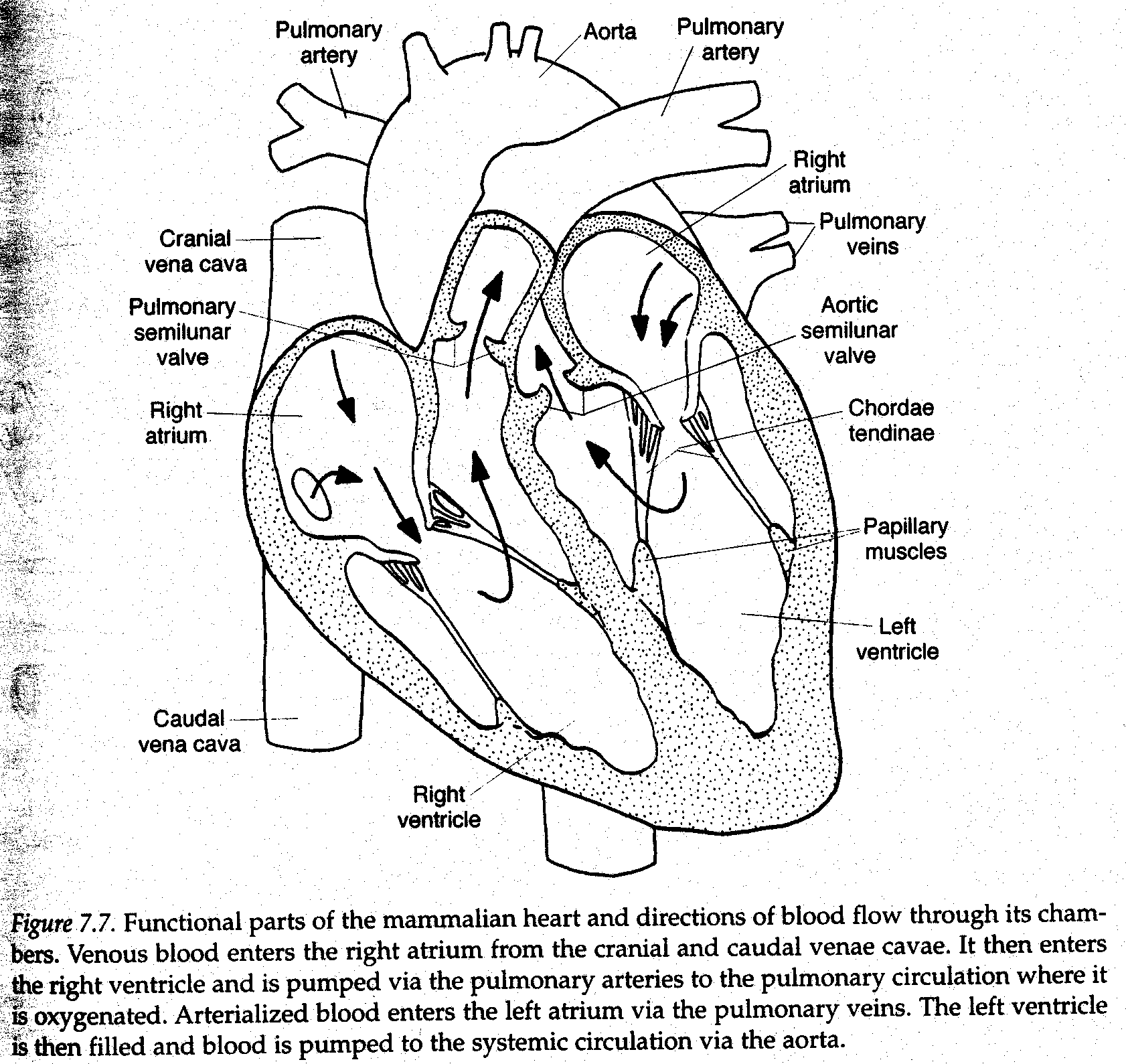

The heart's four chambers pump in an organized manner with the help of electrical impulses that originate in the sinoatrial node (also called the "SA node"). Along the way, blood is routed through the kidneys and liver, as well, filtering waste products from the blood. In turn, veins bring nutrient-depleted blood back to the heart.

That's more than 21 road trips between New York and Los Angeles!Īrteries (along with smaller arterioles and microscopic capillaries) convey oxygen- and nutrient-rich blood to the body's tissues. Laid end-to-end, your body's blood vessels would extend about 60,000 miles. This extended network of stretchy tubes circulates blood throughout the body. While the heart and lungs are the largest organs of the circulatory system, the blood vessels are the longest. The aortic valve is between the left ventricle and the aorta.Įach heart valve, except for the mitral valve, has three flaps (leaflets) that open and close like gates on a fence.

#BLOOD FLOW THROUGH THE HEART SERIES#
Valves maintain direction of blood flowĪs the heart pumps blood, a series of valves open and close tightly. The left side of the heart receives oxygen-rich blood from the lungs, then pumps blood out to the rest of the body's tissues, through the aorta. The right side of the heart collects oxygen-depleted blood and pumps it to the lungs, through the pulmonary arteries, so that the lungs can refresh the blood with a fresh supply of oxygen. The heart has a total of four chambers: right atrium, right ventricle, left atrium and left ventricle. Each side has an atrium (which receives blood as it enters) and a ventricle (from which blood is pumped out). The heart is divided into a right and left side, separated by a septum. On average, your heart will beat 100,000 times and pump about 2,000 gallons of blood each day. It pumps blood to all parts of the body through a network of blood vessels by continuously expanding and contracting. The baby's circulation and blood flow through the heart now function like an adult's.Your heart is a strong, muscular organ situated slightly to the left of your chest. With the first breaths of air, the lungs start to expand, and the ductus arteriosus and the foramen ovale both close. The umbilical cord is clamped and the baby no longer receives oxygen and nutrients from the mother. Then the cycle starts again.Īt birth, major changes take place. Oxygen and nutrients from the mother's blood are transferred across the placenta.

There the carbon dioxide and waste products are released into the mother's circulatory system. From there, blood flows back into the placenta. Instead, it bypasses the lungs and flows through the ductus arteriosus into the descending aorta, which connects to the umbilical arteries. It flows down into the right ventricle, where it normally would be sent to the lungs to be oxygenated. It's then pumped into the first part of the large artery coming from the heart (the ascending aorta).įrom the aorta, the oxygen-rich blood is sent to the brain and to the heart muscle itself. Blood is also sent to the lower body.īlood returning to the heart from the fetal body contains carbon dioxide and waste products as it enters the right atrium. Most of the blood flows across to the left atrium through a shunt called the foramen ovale.įrom the left atrium, blood moves down into the lower chamber of the heart (the left ventricle). When oxygenated blood from the mother enters the right side of the heart it flows into the upper chamber (the right atrium). Here is what happens inside the fetal heart: But most of this highly oxygenated blood flows to a large vessel called the inferior vena cava and then into the right atrium of the heart. This allows some of the blood to go to the liver. There it moves through a shunt called the ductus venosus. This enriched blood flows through the umbilical vein toward the baby’s liver. Oxygen and nutrients from the mother's blood are transferred across the placenta to the fetus through the umbilical cord. Circulating blood bypasses the lungs and liver by flowing in different pathways and through special openings called shunts.īlood flow in the unborn baby follows this pathway: While the baby is still in the uterus, his or her lungs are not being used.


 0 kommentar(er)
0 kommentar(er)
